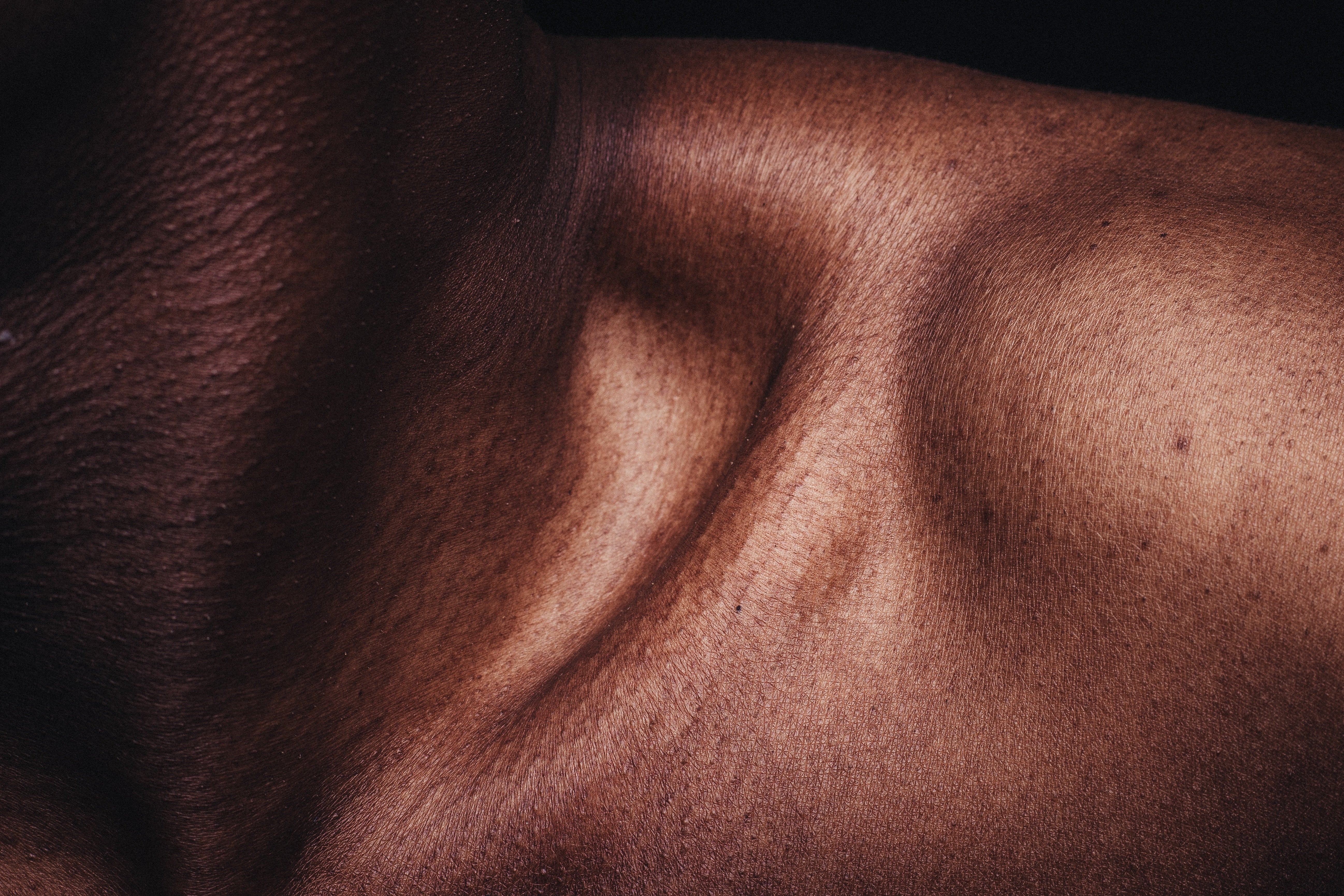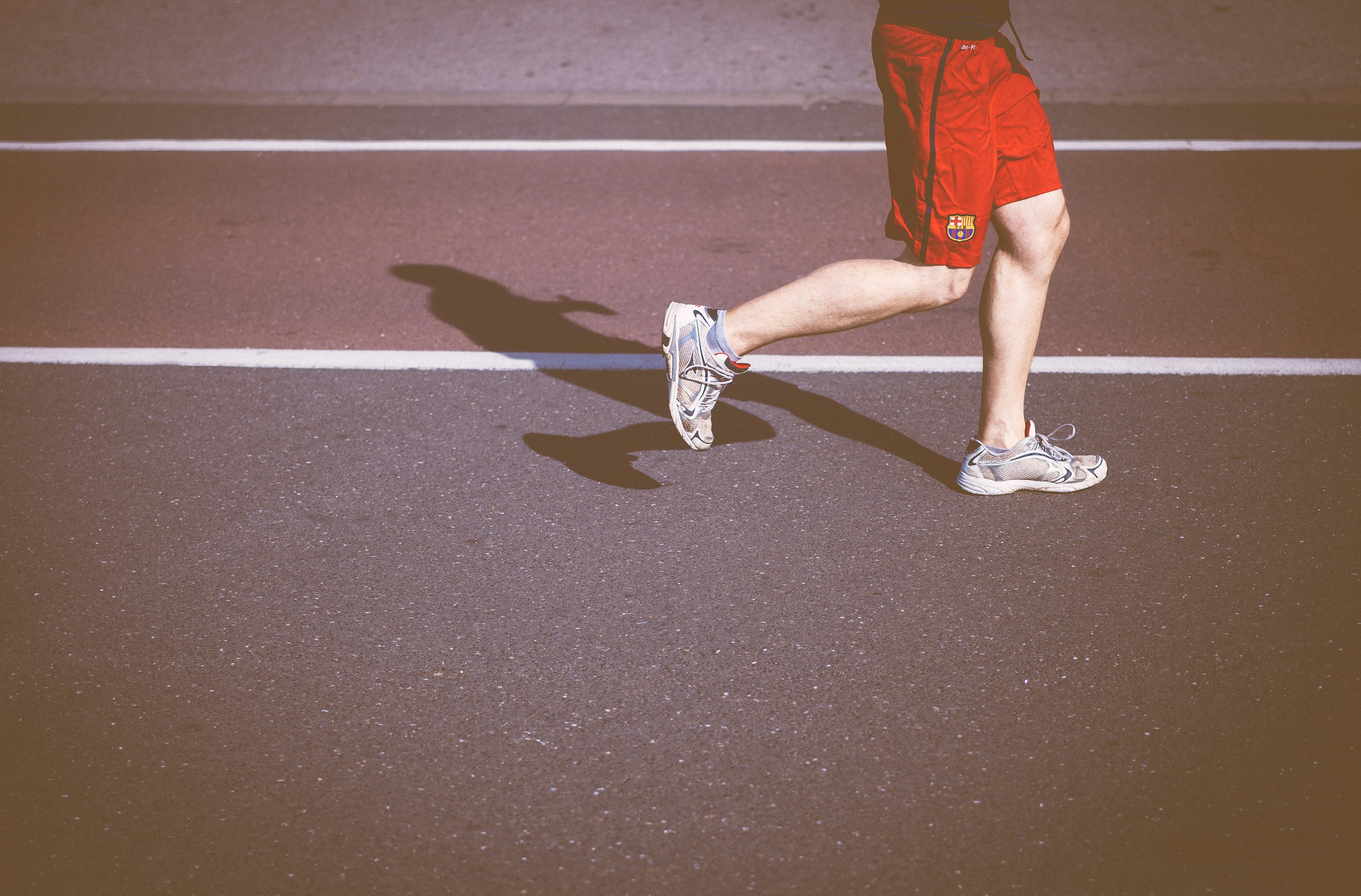Photoaging is an inevitable process that affects our skin due to exposure to ultraviolet (UV) rays and other environmental factors . This phenomenon can lead to a number of visible signs of aging, such as wrinkles, dark spots and loss of elasticity.
However, it is possible to understand the causes and symptoms of photoaging and take preventative measures to keep your skin looking young and healthy.
Right now you have the opportunity to assess the age of your skin with a simple DNA test , if you are interested in this click here.
Causes and Symptoms of Photoaging
Photoaging is caused primarily by exposure to UV rays from the sun and other environmental factors. Understanding the causes of this process is essential to take effective preventive measures.
Effects of UV Rays
UV rays from the sun are the main cause of photoaging. There are two types of UV rays that affect the skin: UVA and UVB.
- UVA rays penetrate deeper into the skin and can damage collagen and elastin fibers. This leads to loss of elasticity and the appearance of wrinkles and fine lines on the skin.
- UVB rays affect the upper layers of the skin and are responsible for sunburn. Excessive exposure to UVB rays can damage the DNA of skin cells, causing mutations that lead to accelerated aging.
Environmental Factors
In addition to UV exposure, there are other environmental factors that can contribute to photoaging of the skin. These include:
- Air Pollution: Exposure to environmental pollutants such as smog and fine particles can damage the skin and accelerate the aging process.
- Oxidative Stress: Chronic stress and exposure to free radicals can damage the DNA of skin cells and accelerate photoaging.
- Unhealthy lifestyle: Habits such as smoking, excessive alcohol consumption and an unhealthy diet can negatively affect the health of your skin and accelerate the aging process.
Signs and Symptoms of Photoaging
Photoaging manifests itself through a series of visible signs on the skin. These may include:
- Wrinkles and Fine Lines: Exposure to UV rays damages collagen and elastin fibers, reducing skin elasticity and causing wrinkles to appear.
- Dark Spots and Hyperpigmentation: Increased melanin production can lead to the appearance of dark spots and hyperpigmentation on the skin.
- Loss of elasticity: Damage to collagen and elastin fibers causes the skin to lose elasticity, which may appear sagging and flabby.
- Uneven Skin Texture: Photoaging can cause uneven skin texture, with enlarged pores and a rough texture.
It is important to pay attention to these signs and symptoms of photoaging in order to take appropriate preventive measures and maintain youthful and healthy skin.
Photoaging Prevention Methods
Preventing photoaging is essential to maintaining youthful and healthy skin over time. There are several methods that can be adopted to protect the skin from the damaging effects of UV rays and other environmental factors.
Sun Protection
Sun protection is one of the fundamental pillars in the prevention of photoaging. Here are some practices to follow for proper sun protection:
- Apply a broad-spectrum sunscreen with a sun protection factor (SPF) of at least 30. Be sure to apply it generously to all sun-exposed areas and reapply every two hours or after swimming or strenuous activity.
- Use sunscreens with UVA and UVB protection for full coverage.
- Protect sensitive areas such as the face, neck, hands and lips with specific sunscreen products.
- Wear protective clothing such as wide-brimmed hats, sunglasses, and long-sleeved clothing when exposed to the sun for prolonged periods.
- Avoid direct exposure to the sun during peak hours , when UV rays are most intense.
A Healthy and Balanced Diet
A healthy, balanced diet can help keep your skin looking young and healthy. Here are some key nutrients to include in your diet to protect your skin from photoaging:
- Antioxidants: Foods rich in antioxidants such as colorful fruits and vegetables, nuts, seeds and green tea help fight free radicals and protect skin from damage caused by UV rays.
- Omega-3 fatty acids: Foods such as fatty fish, flaxseeds, and fish oil contain omega-3 fatty acids that promote healthy skin and protect against photoaging.
- Vitamin C and E: Foods such as citrus fruits, kiwi, avocado, nuts and seeds are rich in vitamins C and E, which help produce collagen and protect the skin from free radical damage.
- Water: Maintaining good hydration helps keep skin hydrated and healthy.
Take a DNA test for your skin
Being aware of the damaging effect of the sun's UV rays and other environmental factors on your skin can help you take the right precautions to protect your skin.
Regular sun protection, avoiding prolonged exposure to the sun, and eating a healthy, balanced diet are just some of the preventative measures that can be taken.
To evaluate the condition of your skin you can take a DNA test in a few simple steps and receive the results in an easy-to-understand PDF file, if you are interested click here!




Leave a comment
This site is protected by hCaptcha and the hCaptcha Privacy Policy and Terms of Service apply.